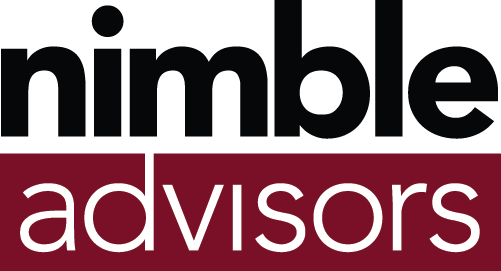Managing a Performance Improvement Plan (PIP) for Your Employee
As a manager, you may encounter situations where one of your employees is not meeting the expectations of their role. This can be challenging for both you and the employee, as you want them to succeed and grow in their career. However, if the performance issues persist, you may need to take action and put them on a performance improvement plan (PIP, also known as a performance action plan) in order to bring their performance up to standard.
A PIP is a formal document that outlines the specific areas of improvement for the employee, the goals and objectives they need to achieve, the timeline and resources for achieving them, and the consequences of failing to meet them. A PIP is not a punishment, but rather a tool to help the employee get back on track and demonstrate their value to the organization.
However, managing a PIP can be tricky, as it requires clear communication, consistent feedback, and careful documentation. Here are some tips on how to manage a PIP for your employee successfully:
- Involve HR: Before you initiate a PIP, you should consult with your human resources department to ensure that you follow the proper policies and procedures. HR can also help you draft the PIP document and provide guidance on how to handle any legal or ethical issues that may arise.
- Be specific: The PIP document should clearly state the performance issues that need to be addressed, the expectations and standards that need to be met, the measurable goals and objectives that need to be achieved, the timeline and milestones for achieving them, the resources and support that will be provided, and the consequences of failing to meet them. The document should also include examples of evidence that demonstrate the performance issues and the desired outcomes.
- Communicate clearly: You should communicate with your employee in a respectful and professional manner throughout the PIP process. You should explain why you are initiating a PIP, what it entails, and how it will benefit them. You should also listen to their concerns and feedback, and address any questions or objections they may have. You should avoid being vague, defensive, or emotional, and focus on facts and solutions.
- Provide feedback: You should provide regular and constructive feedback to your employee during the PIP process. You should acknowledge their progress and achievements, as well as point out any areas that need improvement. You should also solicit feedback from them on how they are feeling and what challenges they are facing. You should use both formal and informal methods of feedback, such as meetings, emails, reports, etc.
- Document everything: You should document every step of the PIP process, including the PIP document itself, any communication with your employee or other stakeholders, any feedback given or received, any evidence of performance improvement or lack thereof, any actions taken or decisions made, etc. You should keep these records in a secure place and share them with HR as needed. Documentation can help you track your employee's progress, evaluate their performance objectively, and protect yourself from any legal or ethical issues.
- Be flexible: You should be flexible and adaptable during the PIP process, as circumstances may change or new information may emerge. You should be open to revising or modifying the PIP document if necessary, such as extending or shortening the timeline, adjusting the goals or objectives, providing additional resources or support, etc. You should also be prepared to deal with any unexpected situations or challenges that may arise, such as resistance from your employee, interference from other parties, changes in organizational priorities, etc.
- Be fair: You should be fair and consistent during the PIP process, as you want to maintain trust and respect with your employee and other stakeholders. You should apply the same standards and expectations to all your employees, and avoid any bias or favoritism. You should also follow through on your commitments and promises, such as providing resources or support, giving feedback, rewarding performance improvement, enforcing consequences, etc.
Managing a PIP for your employee can be a difficult task, but it can also be an opportunity to help them improve their performance and achieve their potential. By following these tips, you can manage a PIP successfully and create a positive outcome for both you and your employee.

